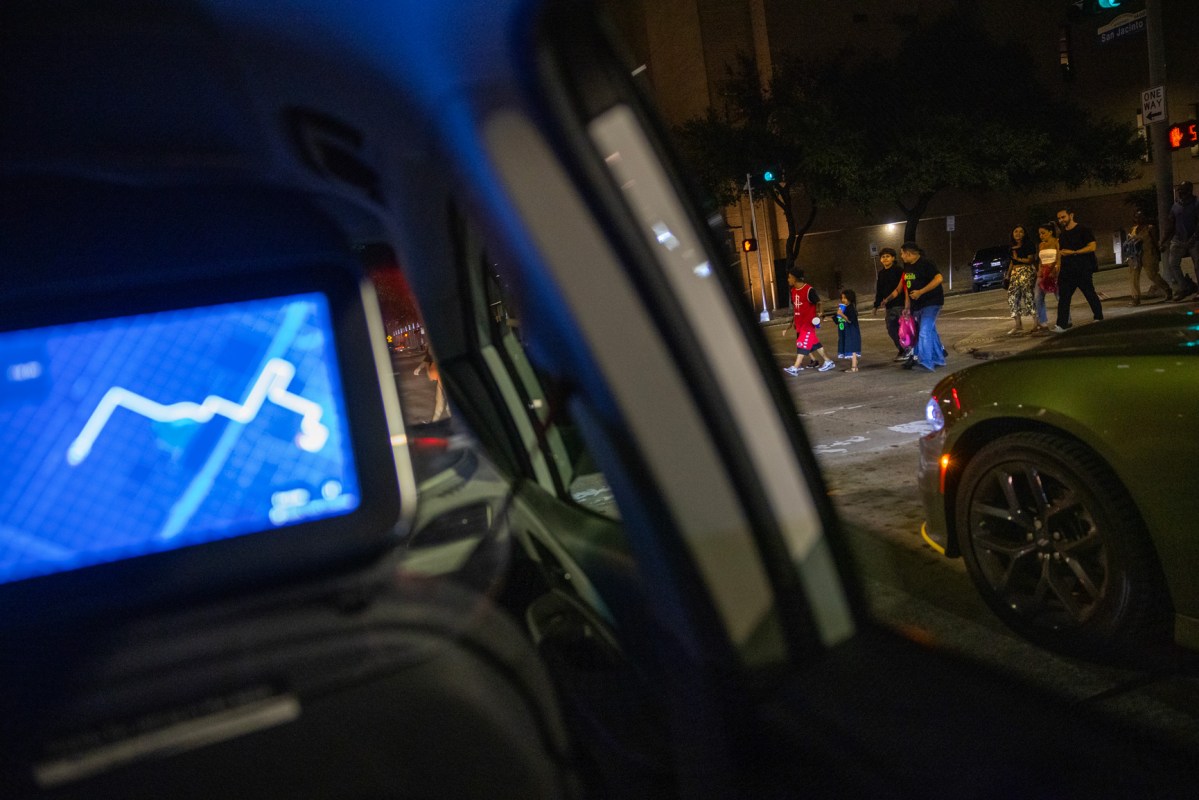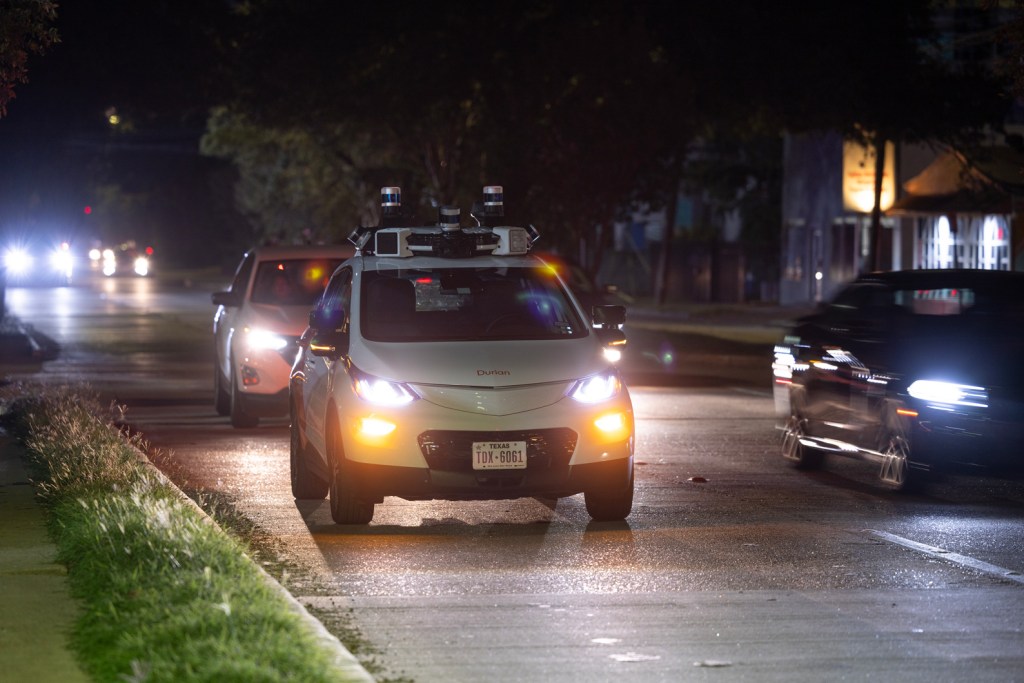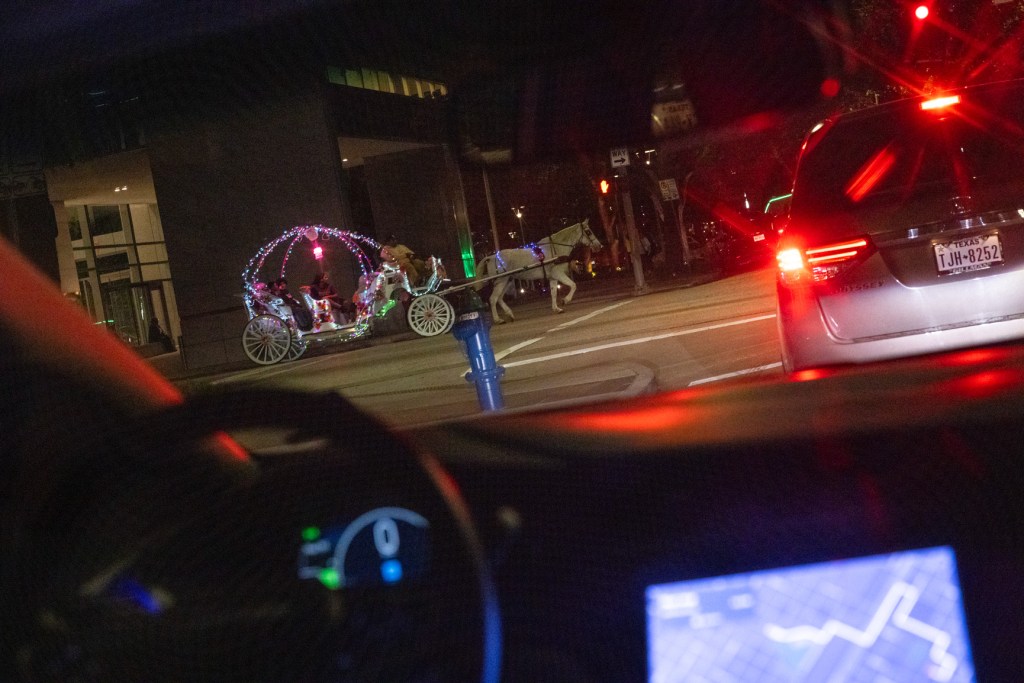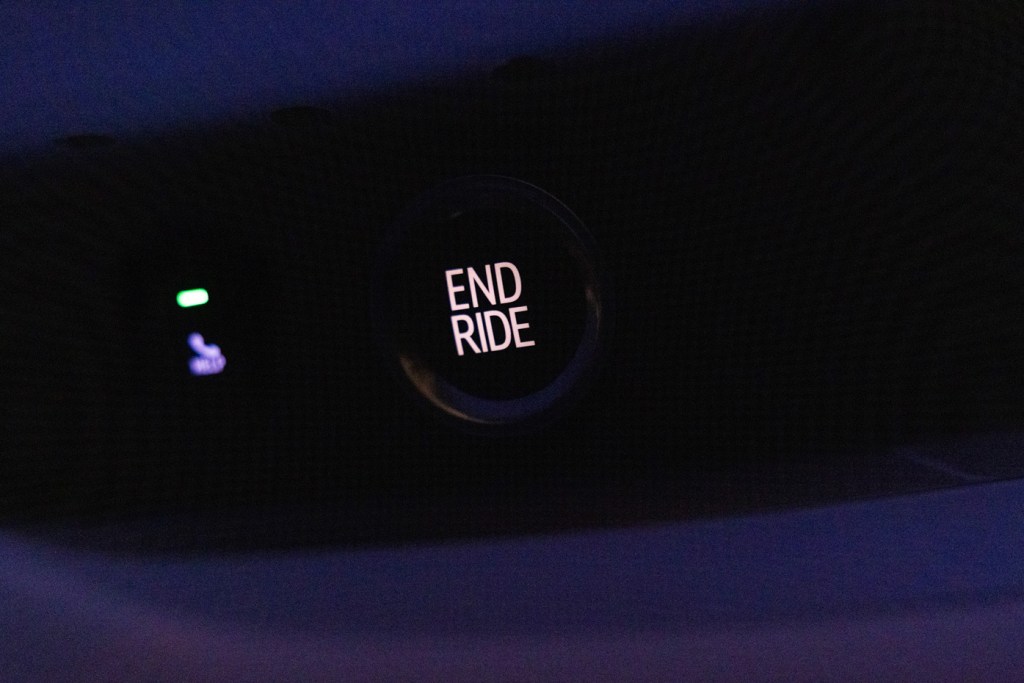They were here, and then, just as quickly, they were gone.
Cruise, General Motors’ venture into an autonomous, or driverless, ride-hailing service, began its official launch in Houston on Oct. 12. By the end of the month, Cruise had taken all of its vehicles off the road nationwide.
The pause in service followed an Oct. 2 crash in San Francisco that left a pedestrian with life-threatening injuries. The pedestrian was hit by another car and knocked into the path of a Cruise vehicle. The Cruise initially stopped, but then ran over the woman. Afterward, the vehicle attempted to pull over to the side of the road, dragging the woman before pinning her underneath.
Cruise already was on the radar of the National Highway Transportation Safety Administration and the California Department of Motor Vehicles for safety issues surrounding pedestrians and first responders. Following the Oct. 2 incident, California ordered Cruise to take its entire fleet off the road and the state’s DMV revoked Cruise’s license.
Meanwhile, Houston was seeing early signs of its own issues with Cruise. On Sept. 26, Axios reported an incident on Montrose Boulevard in which several Cruise vehicles abruptly stopped at an intersection following a traffic light malfunction.
The nationwide pause included Houston and Austin. However, no Texas or local entity required Cruise to take its vehicles off the road because they legally could not.
Senate Bill 2205, passed in 2017, allows only the Texas Department of Public Safety to regulate autonomous vehicles, or AVs. It explicitly bars other state agencies and subdivisions of the state from making regulations specific to autonomous vehicles.
That means Houston, one of America’s most automobile-dependent cities, has no means of regulating the rollout of AVs on its streets.
“We know that this is going to be led by industry,” said Jesse Bounds, the mayor’s director of Innovation. “We are going to adapt to whatever private operators do in this case.”
On Houston roads
Nuro, based in Mountain View, Calif., was the first autonomous vehicle company to hit Houston streets in 2019 with delivery robots. Nuro also operates a Toyota Prius fleet as a kind of research and development vehicle, spokeswoman Katie Stevens said.
In the past, Nuro has delivered food to under-resourced areas such as Third Ward, but Stevens said the service currently operates only in the Woodland Heights, North Heights and West Heights.
For transporting people, the city briefly experienced a rollout from Cruise for a few weeks in October before the company suspended its service nationwide.
Before Cruise, the Metropolitan Transit Authority of Harris County launched its own autonomous vehicles project in 2019 on Texas Southern University’s campus. That was the first phase of a plan to bring driverless service, with future plans that include an Americans with Disabilities Act-compliant “Shuttle of the Future.”
While METRO’s plans hit a snag during the pandemic, its board recently modified and approved contracts with autonomous car technology companies to get back on track.
“Should automated vehicles have to adapt to our world? Or should we have to adapt to their world?”
University of South Carolina law professor Bryant Walker Smith, who has worked around AV issues, proposed that question as a key point of policy around autonomous vehicles.
“Like any new technology, automated driving is going to solve some problems and create new problems,” Smith said.
Nuro and Cruise point to traffic safety and reduced emissions as primary motivators for their work. In a city with a high number of traffic deaths like Houston, that proposition was appealing.
The state law played a part, too. In an email, Stevens said SB 2205 “provided a clear regulatory framework” around AVs.
“That leadership signaled the state’s commitment to innovation, like AV goods delivery, and its potential to improve safety on Texas roads and support the state and region’s economic growth,” Stevens wrote.
For Bounds and the city of Houston, autonomous vehicles should fit into Houston rather than the city accommodating AVs. For example, Cruise initially did not want anyone from the city entering their vehicles and switching them into manual mode. After an incident in San Francisco, however, Cruise was willing to change that policy to allow first responders emergency access to move the vehicle, and generally has been receptive to feedback and questions about protocol.
“So, you know, they’ve been good partners in that regard,” Bounds said.
He is aware the city has limited regulatory power under state law, and would have to work through state and federal channels. Bounds pointed again to San Francisco. In response to incidents involving Cruise vehicles, the city modified its comments to the NHTSA to be more critical of the company.
“We’ve got the infrastructure set up, the policies and procedures set up to where we can, if it becomes a problem, we can quantify it and then work through the appropriate channels to rectify it,” Bounds said.
At the state level, the appropriate channel would be the Texas Department of Public Safety. The agency did not respond to multiple requests for interviews.
The path to AVs on Houston roads, Smith said, should start at the community level, with companies engaging residents about their needs from the technology or if they even want AVs.
“There’s no shortage of communities that would welcome these companies, and they’re never going to face a situation of being shut out completely,” Smith said.
Current procedures
When several Cruise vehicles abruptly stopped on Montrose Boulevard on Sept. 26, an eyewitness described an amusing scene of police officers attempting to move them. They tapped on the window of one of the cars to get it to move with no response.
According to Bounds, that is the protocol for dealing with AVs, at least as the city was instructed.
Per Cruise and the city, training involved a day-long in-person session for 100 first responders across police, fire, emergency medical technicians and Houston Transtar in late October. For other first responders, a training video was provided.
“The only thing we’ve had so far is a video that was sent out to everybody, and there wasn’t really a whole lot to really discuss about it,” Houston Police Officers Union President Doug Griffith said with a laugh. “It’s still kind of uncharted territory for us.”
Griffith was able to describe some of the contents of the video and how officers are instructed to interact, but said it had been months since he had viewed it.
“Honestly, there was not much training that went into it for it, because I don’t think they really know,” he said. “The department’s still trying to fill it out because we are just now seeing them hit the streets here.”
Asked in October about an AV policy, a Houston Police Department spokesman said the department still was collecting information and guidance. Asked when a policy may be in place, the spokesperson said it would be an ongoing process.
“When you jump in and just pass a law, particularly one that is favored by industry, you really risk introducing these uncertainties even as you create certainty in other ways,” said Smith, the University of South Carolina law professor.
Smith also pointed out the AV law, at this stage of the technology, is complicated. Police departments may not have the expertise, experience, or bandwidth to monitor what is happening around autonomous vehicles.
The city, Nuro, and Cruise all say communication among each other is ongoing, and feedback has been folded into deployment.
Griffith said he has not seen any signs of that.
“As president of the union, you’d think we’d get more information, you know, in dealing with these, and we’ve received nothing,” he said. He said between Nuro and Cruise deployments, he had no knowledge of any hands-on training.
“It’s never been filtered down to the troops,” Griffith said.
What’s next?
Much of Houston’s current autonomous vehicle picture is on hold, but expansion across the city could come at any point.
“Cruise will resume driverless operations, but is committed to taking the time and doing the work needed to rebuild public trust,” a Cruise spokesperson said about the Houston rollout. The company had nothing to share on specific plans or timelines.
Nuro also has slowed its plans to scale its operation across Houston. It has touted addressing food deserts and helping low-income residents as future growth goals. However, dwindling funding has forced the company to focus on building out its autonomous technology.
With the two private companies up in the air, attention soon could turn to METRO’s two-pronged plan for autonomous service.
The transit agency was named an Autonomous Vehicle Proving Ground by the U.S. Department of Transportation in 2016, and it launched Phase I of an autonomous vehicle project in 2019 on Texas Southern University’s campus. In January, operations are expected to begin on METRO’s “Shuttle of the Future,” an autonomous shuttle providing service in Third Ward.
SB 2205 could rear its head here, too. It is unclear how the law would affect METRO, an agency whose creation was authorized by state legislation.
“This is one of the problems with broad preemption language, that it can end up doing more than anybody contemplated, and it can end up creating problems down the road.” Smith said. “And the language of Texas law is pretty broad.”
Smith said defining what “regulation” means in the context of SB 2205 is a necessary step. Without that language, it is left up to interpretation by courts and potentially the Attorney General in an advisory opinion.







